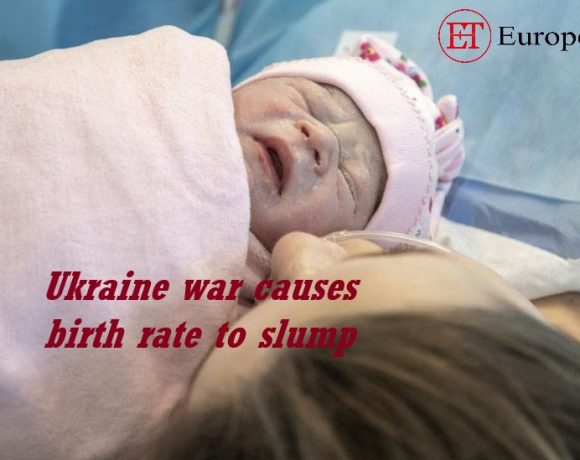
According to official statistics, the war in Ukraine has led to a significant decline in the country’s birth rate, with a decrease of 28%. In the first six months of 2023, only 96,755 children were born, compared to 135,079 in the same period in 2021. This drop is the most substantial decrease in birth rates since Ukraine gained independence in 1991.
Even before the conflict, Ukraine’s birth rate had been steadily declining over the past decade. However, the war has exacerbated the situation, resulting in the largest decline in births on record. The ongoing conflict has also had a severe impact on the country’s population, with nearly six million people fleeing, according to the United Nations.
Data collected by the Ukrainian data analytics website Opendatabot aligns with the observations of demographic experts, who have noticed similar declines in birth rates during previous wars. The US-based Population Reference Bureau states that fertility rates typically drop by up to one-third during civil conflicts but tend to rebound quickly after the fighting ends.
Before the invasion by Russia, Ukraine used to witness around 23,000 monthly births, but this number has now fallen to approximately 16,000. However, the decline in birth rates has not caused a significant imbalance between male and female births. In the first half of 2023, the number of boys born was 49,626, while girls accounted for 47,129.
The last time Ukraine experienced such a significant drop in birth rates was in 2014 when Russia invaded and annexed Crimea. During that period, the number of babies born decreased by 12%.
Picture Courtesy: Google/images are subject to copyright

